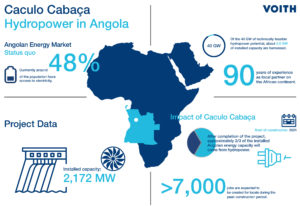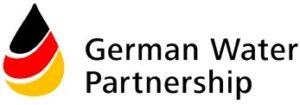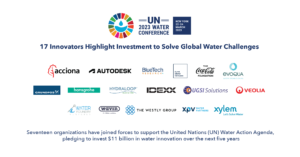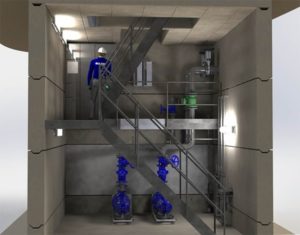HEA Launches Global Technology Roadmap Outlining Hydropower’s Place in Energy Mix
The Hydro Equipment Association (HEA) introduced its Global Technology Roadmap – a blueprint for Hydropower’s place in today’s and tomorrow’s energy mix and a call to action for national decision- and policy-makers around the world.
Decision-/policy-makers are under increasing and seemingly contradictory pressures to decrease the cost of electricity, increase the share of renewable sources of energy and ensure a secure supply of energy. Hydropower, the world’s leading source of renewable energy, can not only help free a nation from fuel imports but, because it is storable and flexible, it also plays a key role in integrating other variable renewable energy sources, such as wind and solar into national electrical grids.
According to the HEA, to unlock the full potential value of hydropower, policy-makers must:
- Exploit untapped hydro potential to develop a low cost, renewable and almost greenhouse gas free source of electricity.
- Establish a framework that ensures a level playing field for all power technologies, that recognizes the amount of carbon emitted by the respective technology and speeds permitting procedures for hydropower.
- Facilitate hydropower development through public private partnerships, loan repayment terms that reflect the longevity of hydro projects, local training programs and streamlined licensing for refurbishment work.
- Reward hydropower for the full value of the ancillary services it brings to the system.
- Embrace the “Hydropower Sustainability Assessment Protocol” to ensure viable and responsible hydropower development.
Today, 160 countries use hydro for power generation and for 35 of these countries hydropower provides at least 50% of their electricity supply. Despite this widespread adoption of hydropower, less than 25% of the technical hydropower potential has been exploited – half of which is in Asia and 20% in Latin America.
“Mature yet modern, proven yet innovative, established yet full of potential this is hydropower as we know it,” said Dr. Roland Münch, President of the HEA. “Hydropower has a key role to play in helping national leaders supply their citizens with clean, sustainable and reliable electricity.”
The vast potential for hydropower has led the International Renewable Energy Agency (IRENA) to call for a 60% increase in hydropower to 1,600 GW by 2030 in its Remap 2030 – IRENA’s roadmap for doubling the global share of renewables in the world’s energy portfolio.
Hydropower is the ideal complement to variable renewable electricity generation because it can react faster than any other generation asset to changes in supply and demand. As more and more solar and wind capacity are added to electricity systems, large amounts of load can appear of disappear over short periods with little warning. Hydropower can balance supply and demand within seconds.
Pumped storage plants are further helping to integrate variable renewable energy sources into the grid by storing surplus renewable energy for use during peak demand and balancing wind and solar variability. Pumped storage plants are the only form of bulk energy storage technology that offers high efficiency and high capacity at low cost. According to HEA data, there is 146 GW of pumped storage installed globally as of the end of 2014.
Hydropower is a proven technology that has been reliably providing electricity for over 100 years. Given its widespread use and history, many plants have been in operation for 30, 40 or 50 years and are in need of refurbishment. Refurbishing a hydro plant is the perfect opportunity to cost-effectively modernize with higher capacity and more efficient equipment. Some hydropower plant refurbishments have increased outputs from 10% to 40% so the investment payback time can be short. State-of-the-art computational fluid dynamics and finite element method coupled with scale model tests enable scientists and engineers to better understand the passage of water through a turbine and design equipment that is significantly more efficient and flexible than what was possible just ten years ago.
Source: Hydro Equipment Association







